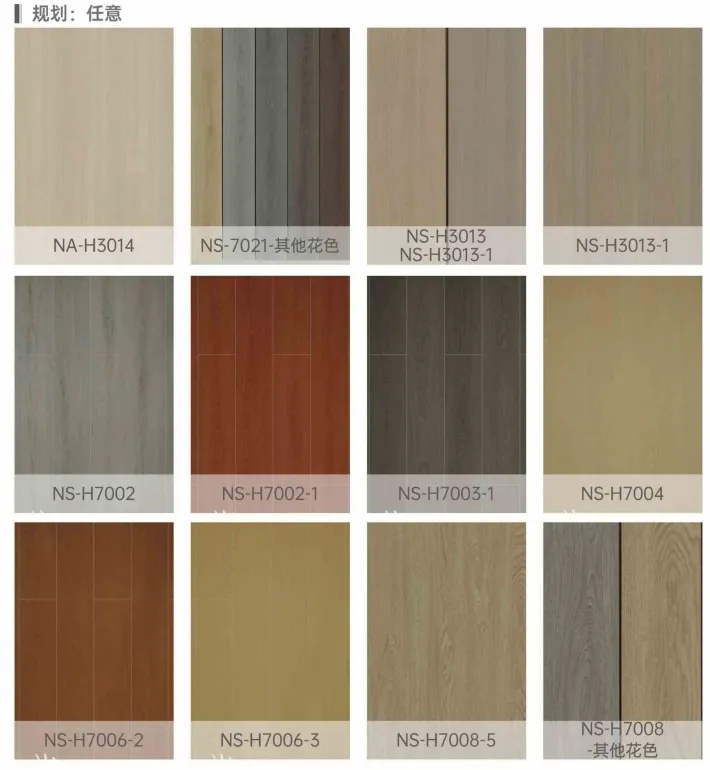flooring types pros cons
Understanding Flooring Types Pros and Cons
When it comes to choosing flooring for your home or office, the options can be overwhelming. With a plethora of materials available, each type of flooring has its unique characteristics that cater to different tastes, needs, and budgets. To help you make an informed decision, we will explore the pros and cons of some of the most popular flooring types.
1. Hardwood Flooring
Pros Hardwood floors are known for their timeless beauty and durability. They can add significant value to a property and are relatively easy to maintain. Hardwood flooring is also versatile, blending seamlessly with various décor styles. Additionally, if properly cared for, hardwood can last for decades, making it a long-term investment.
Cons On the downside, hardwood floors can be expensive to install and repair. They can be susceptible to scratches and dents, especially in high-traffic areas, and may not perform well in humid environments without proper acclimatization. Water damage is another concern, as hardwood can warp if exposed to excessive moisture.
Pros Laminate flooring is a budget-friendly alternative to hardwood. It is available in a variety of styles and colors, and modern laminate can closely mimic the appearance of natural wood or stone. Laminate is also resistant to scratches and stains, making it a durable choice for families with children or pets. Additionally, installation is usually straightforward, with many options designed for easy DIY setup.
Cons However, laminate flooring is not as durable as solid wood and may not add significant value to your home. It can be slippery, and once it is damaged, you typically cannot refinish it like hardwood. Laminate is also more vulnerable to moisture damage, making it unsuitable for bathrooms and basements without proper precautions.
flooring types pros cons

3. Vinyl Flooring
Pros Vinyl flooring offers excellent moisture resistance, making it ideal for kitchens and bathrooms. It is available in sheets, tiles, or planks, providing flexibility in design. Vinyl is also soft underfoot, comfortable to walk on, and is generally easy to clean. Like laminate, vinyl is also an affordable option and offers a wide range of designs and colors.
Cons However, one drawback of vinyl is that it can be less durable than other flooring types. Over time, it may wear down or fade, particularly in areas with heavy foot traffic. Some vinyl products may also emit volatile organic compounds (VOCs), which can be a concern for indoor air quality.
4. Tile Flooring
Pros Tile flooring is renowned for its durability and resistance to moisture, making it a popular choice in wet areas like bathrooms and kitchens. It comes in a variety of materials, including ceramic, porcelain, and natural stone, allowing for endless design possibilities. Tiles are also easy to clean and maintain.
Cons On the flip side, tile can be cold and hard underfoot, which might not be ideal for all homeowners. The installation process can also be labor-intensive and require professional help, increasing costs. Moreover, if tiles crack, replacement can be a challenge, especially if the style is no longer available.
Conclusion
In conclusion, when selecting flooring, it’s essential to weigh the pros and cons of each option based on your specific needs, lifestyle, and budget. Each flooring type has something unique to offer, whether it be the warmth of hardwood, the affordability of laminate, the resilience of vinyl, or the elegance of tile. By considering factors such as installation costs, maintenance, aesthetic appeal, and long-term durability, you can make a well-informed decision that enhances your living or working space for years to come.
-
The Evolution of Luxury Flooring Guangzhou Enlio's JourneyAug.05,2025
-
Innovative Commercial Flooring Solutions from Guangzhou Enlio SportsAug.05,2025
-
Premium Interior Solutions with Quality Skirting OptionsAug.05,2025
-
Masking Tape The Essential Tool for Professional ApplicationsAug.05,2025
-
SPC Vinyl FlooringJul.18,2025
-
Home SPC FlooringJul.18,2025




